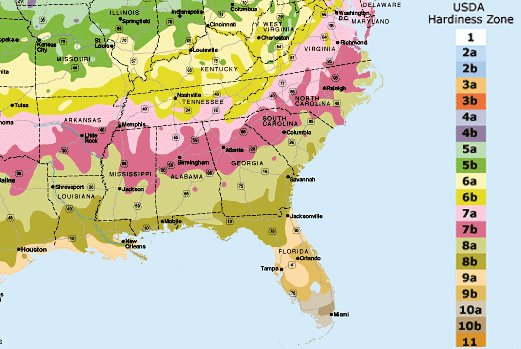
Usda Cold Summer Download Zip
By Ken Lain, the mountain gardener Find your gardens Gardeners have come to rely on USDA Hardiness Zone Maps to tell us what plants will survive locally. The USDA released updated Plant Hardiness Zone Maps for the United States in 2012. Plant zones are based on the average annual minimum temperature over a 30-year period, not the lowest temperature the thermometer has ever hit, but rather the average.
Download USDA - Cold Summer mp3. Play USDA mp3 songs for free. Find your favorite songs in our multimillion database of quality mp3s 21162. Right click on the link and choose 'Save link as' to download USDA - Cold Summer mp3 for free. To preview a song quality click Playbutton.
These are guides to help a gardener determine which plants will survive in their garden. These are not steadfast rules, but rather guides to supplement other garden factors like soil quality, sun exposure, moisture and sudden or prolonged temperature swings.
These combined local variables affect how well plants do. Microclimates are variations within a hardiness zone, even within the radius of a gardeners yard. Trust the knowledge gained of your property and your gardens. Hardiness Zone is good starting point as you read plant labels here at Watters Garden Center.
You can download the here. Appearance and Data – The resolution is noticeably better in the most recent map. Mapping was improved by using a Geographic Information System (GIS). The higher resolution makes seeing the distinction between zones clearer and easier. It also makes it possible to separate small anomalies, like cities, which tend to be warmer than surrounding areas, cooler high elevation area and areas near large bodies of water into their proper zones. The 2012 map was the first designed to be viewed via the internet.

Zones can be zoomed in on a closer scale. A more sophisticated algorithm was used to compile low-temperature values from actual weather reporting stations. Netgear a6200 driver windows 8.
The zones are based on 1976–2005 weather data. The 30 year period was chosen as a means to factor in year-to-year fluctuations and variations. They did a trial check on more recent data and it did not make a measurable difference in zones. The previous map was based on 1974-1986 data.
Climate Change Conclusions – Climate changes are usually based on weather averages in a 50 to 100 year period. This map uses only a 30 year average and is not meant as evidence of temperature changes. While most zones are ½ zone warmer than the previous map, the change can in part be attributed to better mapping and weather tracking. The USDA points out that some mountainous regions that had been hard to observe are now in cooler zones. – This link to the USDA interactive map can use a zip code input or click on the map and get your zone, actual average temperature, the temperature range for your zone and your longitude and latitude. Be careful, the map is addictive to play with. Hardiness Zone Maps Development – In the mid-1900s, the U.S.
Department of Agriculture (USDA) mapped out the entire United States, Mexico and Canada by lowest annual minimum temperature groupings. Each zone represented by a 10 degree F. This was invaluable advice for the agriculture industry. Now plants could be rated by hardiness zones, taking the guesswork out of choosing best plant variety. Now gardeners had a gauge other than experience for picking plants. The maps have been revised over the decades to reflect changes in climate and better measurements.